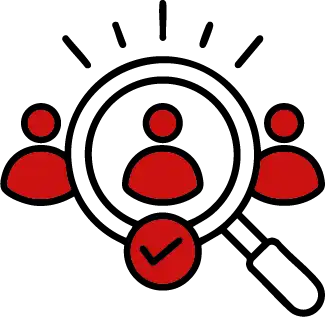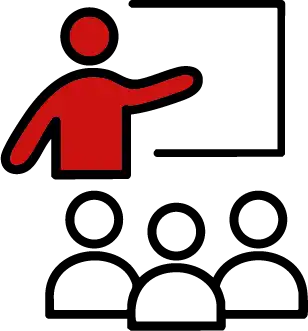
Retain Pilots
Think about how you can make your group of pilots feel like a community. Many chapters put on annual social gatherings for their pilots. These are a great opportunity to socialize, reflect on shared experiences, and build excitement around growing your chapter. You can also ask your pilots to complete an annual survey to gather feedback on how to run your chapter more smoothly.
These are the people who will make the joy happen. Finding the right pilots, training them properly, and building a sense of community will keep them coming back for more. They might bring a few friends on board as well.

Establish Requirements
While piloting a trishaw does require some basic training, it is something that anyone in reasonably good shape can do. You don’t have to be an avid cyclist. Chapters around the world have successfully trained pilots from ages 15 through 90!
- Consider requiring that your pilots volunteer for 2-3 rides per month. This will weed out those who aren’t serious, and allow you to focus your efforts.
- If someone really wants to help your chapter, but isn’t suited to be a pilot, they can help apply for grants, write thank you notes to sponsors, assist with scheduling, etc.

Recruit Pilots
Pilots can come from many backgrounds, and might decide to volunteer with your chapter for a variety of reasons. Consider casting the net wide, as you never know who these rides might resonate with most. Here are a few groups to start with your recruitment efforts:
Bike Advocacy Group and Clubs
- Cyclists are often the easiest ones to get excited about CWA.
- Ask local groups to include a call for pilots in the communications.
Caregivers
- Piloting is a great way for those providing care to be seen and appreciated in the community.
- Reach out to the senior communities where you plan to offer rides to see if staff are interested.
Family Members
- Rides allow family members to have meaningful interactions with their elders.
- Ask the senior communities where you plan to ride to send a call for pilots out in their newsletter.
Passerby
- Many chapters have found that simply riding their trishaw around town attracts potential pilots.
- Once your trishaw arrives, hit the road or trail. Bring a stack of fliers about your chapter to hand out.

Train Pilots
Properly training pilots not only helps rides run more smoothly, but helps address any community partners’ concerns about safety. Here is a brief outline of how we recommend structuring your pilot training:
1. Technical Training
- The week prior to the training, give each trainee a link to the CWA’s Pilot Handbook.
- In an empty parking lot, give your trainees a rundown of the features of the trishaw.
- Have them go through this series of drills to get a feel for how the trishaw handles.
2. Join a Ride
- Have trainees shadow one of your already-trained pilots on a ride, pedaling their own bike.
- They will get to see a trishaw in action, and learn how to interact with older adult riding partners.
3. Borrow a Trishaw
- Let the trainee borrow a trishaw for an afternoon to take for a ride.
- Have them take a friend or family member on board as a riding partner. This gives them a lower stakes chance to feel how the trishaw handles with someone up front.
4. First Ride
- Have an experienced pilot join the trainee on their first ride with an older adult riding partner.
- This gives them the chance to ask questions of the experienced pilot if anything comes up.






